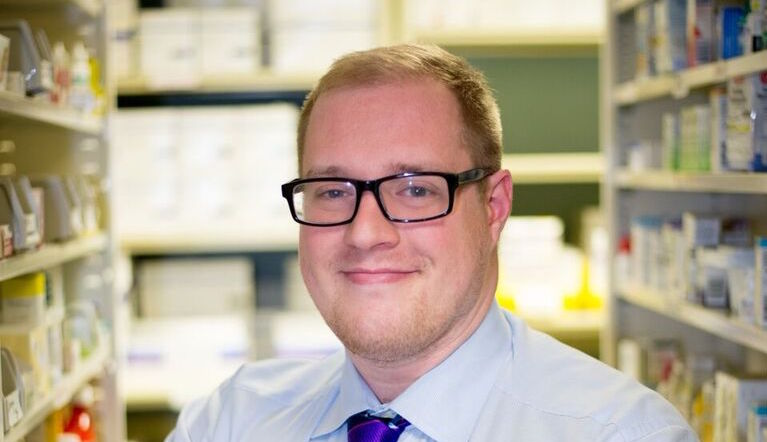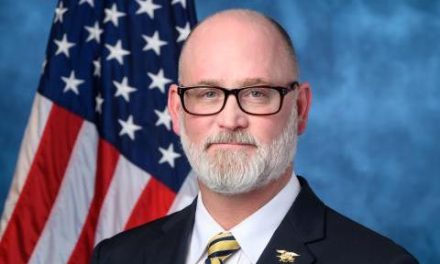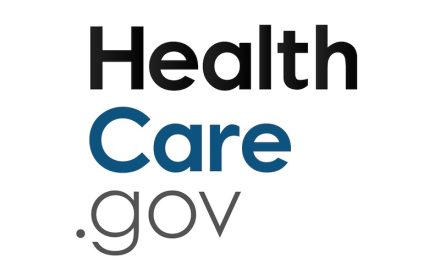
On the Record with Ian Hedges, HealthNet of Rock County Executive Director

As the Department of Health Services works to help Medicaid members gain better access to dental care, HealthNet of Rock County has stepped up to the plate.
A report from the state discussed at a public forum Tuesday found that statewide 43 percent of children and 34 percent of adults on the fee-for-service side of the program used dental services in 2014.
HealthNet of Rock County, a volunteer-based clinic that provide services to the uninsured and underinsured, began accepting BadgerCare patients in early July.
Executive Director Ian Hedges said many don’t realize the “essential role” his organization and other clinics play.
“We are not hampered by payment models or traditional bureaucracy around healthcare and so we are able to do some pretty innovative and meaningful things for our patients to make sure they can take care of their needs,” Hedges said. “I do have a lot of faith that they can help provide resources for the underserved.”
Hedges recently spoke with Wisconsin Health News. Edited excerpts are below.
WHN: What do you see as HealthNet’s role after the federal health reform law?
IH: There are still many uninsured individuals in Rock County. Enroll Wisconsin, one of the leaders in enrolling people into the healthcare exchange, estimates that approximately 10 percent of Rock County residents, almost 16,000 people, are uninsured, which I think is a much larger number than we would like. Furthermore, one of the benefits under the Affordable Care Act is that we were able to get more people off the waiting list for Medicaid in Wisconsin. HealthNet still needs to see people for certain things that are not covered under health insurance. Dental and vision are both big things that people just do not have coverage for and so they really rely on us to assist them. Under Medicaid, it is really hard to find appointments for both dental and vision. I think that’s why HealthNet decided that with the Affordable Care Act, we should adapt our model to meet the need that’s currently out there.
WHN: What are the challenges that free and charitable clinics face?
IH: Some challenges stem from the fact that we are privately funded. For us, funding is not guaranteed on a year-to-year basis. We often will not receive federal grants whatsoever, so there’s not always a guarantee that all of our programs and services are going to be funded as each year continues. The other big challenge is finding enough volunteer providers who can meet the need from patients. Because we only have a certain number of providers helping us provide a service to the general public, we are sometimes unable to schedule appointments immediately. It has to be a month or two away.
WHN: Why did you decide to accept BadgerCare patients?
IH: I started at HealthNet about a year ago and when I was going around the community, I started hearing about the concern being that individuals on BadgerCare could not see a dentist. So then what I did was look at the data to see if the need was really out there. I found a report that the state of Wisconsin commissioned in 2010 and that stated only 25 percent of patients on BadgerCare were able to see a dentist regularly. The reason for that mostly has to do with the low reimbursement rate on Medicaid for dental work. So I looked at Rock County and thought if there are approximately 27,500 residents depending on BadgerCare in our county who can’t afford to go see a dentist, maybe we need to make that move to start accepting Medicaid. I knew we needed to be proactive and make sure that we can get to those people – especially children and start them early – with us on Medicaid so they don’t have to maintain poor oral hygiene.
WHN: Are you concerned about low reimbursement? What needs to happen to encourage more to accept patients?
IH: So first of all, I do think the reimbursement rate is low. I can’t blame the dentists, though, for not being able to do it because they are running businesses. They have to pay all of their staff who run the clinic and they have to do that according to their business model. But as a nonprofit, we can at least supplement those losses with donations, grants and other sources of revenue that are not available to dentists who are maintaining their own practices. While I am concerned about the reimbursement rate, as always – it’s not optimal – we do have a plan for our model to remain sustainable for several years because we want to make sure that all the patients get served.
Quite frankly, it is the right thing to do. I believe as a nonprofit organization with free clinics, we have to adapt to the needs of our community. That’s why we wanted a model that would work for several years so we could at least address the critical need that’s out there. We were hearing from about 10 to 12 patients who were calling us every day asking if we accepted BadgerCare and us not being able to help at the time just didn’t feel right. So yes, I’m always concerned about the reimbursement rate and I think all the other agencies around, including the Wisconsin Dental Association, are concerned about the reimbursement rate. However, we are in a better place as a nonprofit organization to accept those patients because of our ability to supplement those losses with other revenue streams.
WHN: HealthNet is holding a mental health conference in September. Why did you decide convene the conference?
IH: There are a lot of mental health issues in our community in particular. We have high rates of opioid use like many communities in Wisconsin and we have high rates of attempted suicides. One of the largest utilization of hospitals in our community is for psychiatric conditions. That, for me, is actually something I have never seen elsewhere. So besides childbirth, psychiatric mental health conditions is the number one thing that people go to the ER for. And we have a mental health provider shortage in this county. So the reason we wanted to convene this conference is so that we can kind of look at innovative models and solutions that people outside of psychiatry or psychology can look at to assist with helping patients with mental illness.
WHN: How does Rock County compare to the rest of the state in terms of health and access to services?
IH: I can tell you right now that we are ranked somewhat lower in the county health rankings in the state of Wisconsin. We tend to be in the lower half of the spectrum. It’s because we have a lot of low-income people who need assistance with healthcare. So that’s what I think the purpose of HealthNet existing in Rock County is, trying to meet that need. I will note that one of the big things that we found when we participated in the 2014 Rock County Community Health Needs Assessment is that primary care utilization was low. And the number one reason it was low was the cost because people were unable to pay. So I think it’s nice that HealthNet exists to assist with those patients because they would have no other affordable alternatives
– Rachael Lallensack for Wisconsin Health News





